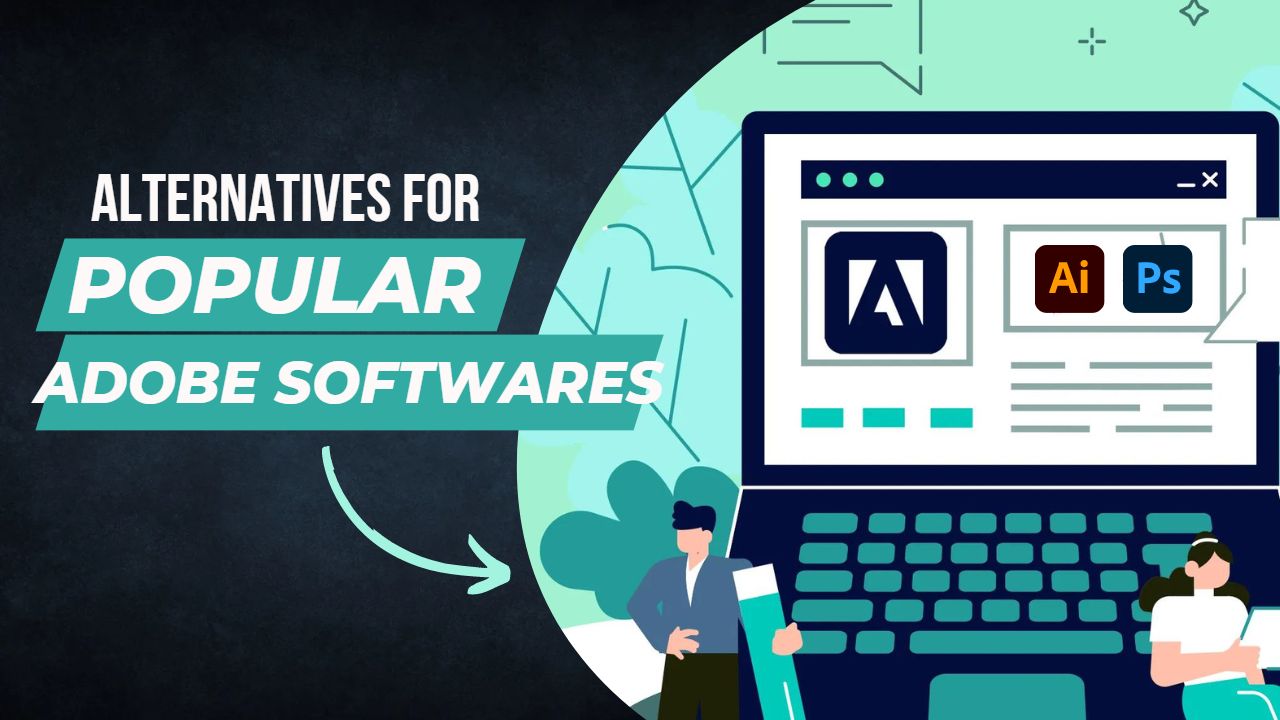Adobe Creative Cloud is a comprehensive suite of software tools and services for creatives, designers, and artists. It includes a wide range of popular applications, such as Photoshop, Illustrator, InDesign, Premiere Pro, After Effects, and many others. The Creative Cloud offers users access to the latest versions of these applications, as well as a range of online services for collaboration, file sharing, and storage. It also provides users with regular updates and new features, making it a powerful and constantly evolving platform for creative professionals. The Creative Cloud can be subscribed to on a monthly or yearly basis, and offers different plans tailored to the specific needs of individual users and organizations.
The pricing model for Adobe products is primarily based on a subscription-based service, where users pay a monthly or yearly fee to access the software. The cost of this subscription varies depending on the specific product and the level of access the user needs. For example, the Creative Cloud All Apps plan, which includes access to all Adobe applications, costs $52.99 per month for an individual user.
For many individuals and small businesses, this cost can be a significant expense. Moreover, the subscription model requires users to pay ongoing fees, which can quickly add up over time. This can be especially challenging for individuals and businesses that may only use a few Adobe products, as paying for an all-inclusive plan may not be cost-effective.
Try these free alternatives
1. Adobe Photoshop -> GIMP
GIMP, which stands for GNU Image Manipulation Program, is a free and open-source image editing software that can serve as an alternative to Adobe Photoshop. It has been around for more than two decades and has evolved into a robust tool for image manipulation, graphic design, and digital art creation.
One of the biggest advantages of GIMP is its price. Unlike Photoshop, GIMP is completely free to use and distribute, which makes it an excellent choice for individuals or organizations with limited budgets. Additionally, GIMP is available on multiple platforms, including Windows, Mac OS, and Linux, making it accessible to a wide range of users.
2. Adobe Illustrator -> Inkscape
Inkscape is a free and open-source vector graphics editor that provides a powerful alternative to Adobe Illustrator. It offers a wide range of features and tools for creating and editing vector graphics, such as logos, illustrations, and icons.
One of the biggest advantages of Inkscape is its price tag. Unlike Adobe Illustrator, which is a commercial software with a subscription-based model, Inkscape is completely free to download and use. This makes it an attractive option for both hobbyists and professionals who want a high-quality vector graphics editor without having to pay for it.
Inkscape also has a user-friendly interface that is easy to navigate, making it accessible for users of all levels of experience. The software offers a range of drawing tools, including the Pen and Bezier tools, as well as shape tools such as rectangles, circles, and polygons. It also supports a wide range of file formats, including SVG, AI, EPS, PDF, and PNG, which makes it easy to work with other design software and programs.
3. Adobe Premiere Pro -> DaVinci Resolve
DaVinci Resolve is a powerful video editing software that has gained popularity in recent years, particularly among filmmakers and video editors. However, it may not be the best choice for everyone, and some users may prefer to use an alternative to Adobe Premiere Pro.
DaVinci Resolve offers a wide range of features and functionalities like Non-linear editing, color grading, Audio editing,Visual effects, Collaboration tools and Media management for filmmakers and video editors.
4. Adobe After Effects -> Blender
While Blender is primarily known as a 3D creation software, it does offer some compositing and motion graphics capabilities that can make it a viable alternative to Adobe After Effects for certain projects.
Blender's built-in Compositor allows users to combine and manipulate video and images using a node-based interface. This makes it easy to create complex visual effects and composites, and it includes features such as chroma keying, color correction, and masking. Blender also supports 2D and 3D tracking, which allows users to track footage and add 3D elements to a scene.
While Blender may not offer the same level of specialized tools and features as After Effects, it is a powerful and flexible tool that can be used to create stunning visual effects and motion graphics. And because it is free and open-source, it is a cost-effective alternative for those who may not have access to After Effects.
5. Adobe InDesign -> Scribus
A powerful alternative for Adobe InDesign is the free and open-source desktop publishing (DTP) software Scribus. Since its first release in 2003, it has grown in popularity among designers and publishers searching for an affordable way to produce books of a top quality.
Scribus' ability to handle challenging layout tasks, such as the creation of multi-page documents, complex typography, and advanced image handling, is one of its key features. A large number of file types are also supported by Scribus, including PDF, EPS, SVG, and many others. This makes it a versatile tool for designers who need to work with various file types.






